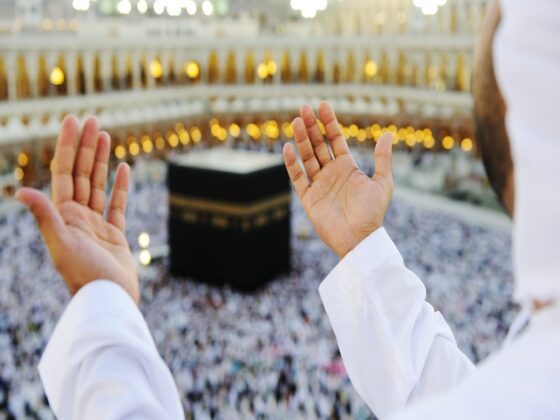Islamic Etiquette During Pilgrimage
Significance of Hajj in Islam
Hajj is one of the five pillars of Islam and holds immense significance for Muslims around the world. Each year, up to 3 million pilgrims attend the Hajj pilgrimage in Mecca, which is described as the spiritual climax of a Muslim’s life. The term “Hajj” appears 11 times in the Qur’an, indicating its pivotal role in Islamic teachings (NCBI).
This pilgrimage is not just a physical journey; it symbolizes a deeper spiritual quest. Engaging in Hajj allows Muslims to seek repentance, enhance their faith, and cultivate a stronger connection with Allah. The experience of standing shoulder to shoulder with millions of fellow believers fosters a profound sense of unity and communal worship, reflecting the core principles of Islam.
Spiritual and Emotional Challenges
The Hajj pilgrimage also presents various spiritual and emotional challenges that pilgrims may face throughout their journey. While many pilgrims experience feelings of peace and fulfillment, the emotional and social aspects of Hajj can significantly impact mental and physical health. Participation in this communal experience often leads to emotional tribulations, heightened ethical behavior, and increased religious merit.
The collective rituals of Hajj introduce pilgrims to a diverse array of cultural groups, enhancing perceptions of inclusivity and contributing positively to psychological well-being. Pilgrims often report improvements in self-esteem, self-confidence, and an enhanced sense of brotherhood. These spiritual experiences can lead to a commitment to uphold Islamic values long after the pilgrimage concludes (NCBI).
Amidst the hardships of travel, the pilgrimage can be an enlightening journey, highlighting the beauty of faith and the importance of emotional resilience. International travelers are encouraged to approach this sacred experience with mindfulness, preparation, and respect for the deeply rooted islamic etiquette during pilgrimage. For those looking for detailed planning resources, exploring the hajj preparation guide and umrah travel tips can be beneficial.
Dressing and Attire Guidelines
Dressing appropriately during the pilgrimage is essential for adhering to Islamic etiquette. Both men and women have specific requirements to follow, reflecting their dedication and respect for the sacred journey of Hajj or Umrah.
Requirements for Men
Men are required to wear a specific outfit known as Ihram. This is a two-piece garment that consists of:
| Item | Description |
|---|---|
| Ihram | A simple white, unsewn cloth for the upper body. |
| Izaar | A white cloth worn around the waist, going down to the ankles. |
Ihram symbolizes purity and equality among all pilgrims. There are restrictions once in this state, including the prohibition of cutting hair, trimming nails, engaging in sexual relations, or even losing one’s temper while performing the pilgrimage. Men should opt for loose-fitting garments to maintain comfort during their spiritual journey.
Requirements for Women
Women participating in the pilgrimage should focus on modesty and simplicity in their attire. Here are some guidelines:
| Item | Description |
|---|---|
| Hijab | A loose and comfortable headscarf, preferably in classic colors like black. Opting for a Full Coverage Ninja Cap underneath can provide stability. (Haya The Label) |
| Attire | Modest and plain clothing that covers the arms and legs. Lightweight fabrics are preferable to manage the heat of Saudi Arabia. (Hidjabaya) |
Women should avoid wearing flashy or highly decorative clothing, instead opting for simplicity which aligns with Islamic principles. The aim is to focus on the spiritual aspect of the pilgrimage rather than personal appearance.
Understanding the dressing requirements enhances the pilgrimage experience, reflecting the true essence of humility and devotion. For more information on preparation, see our hajj preparation guide or umrah travel tips.









